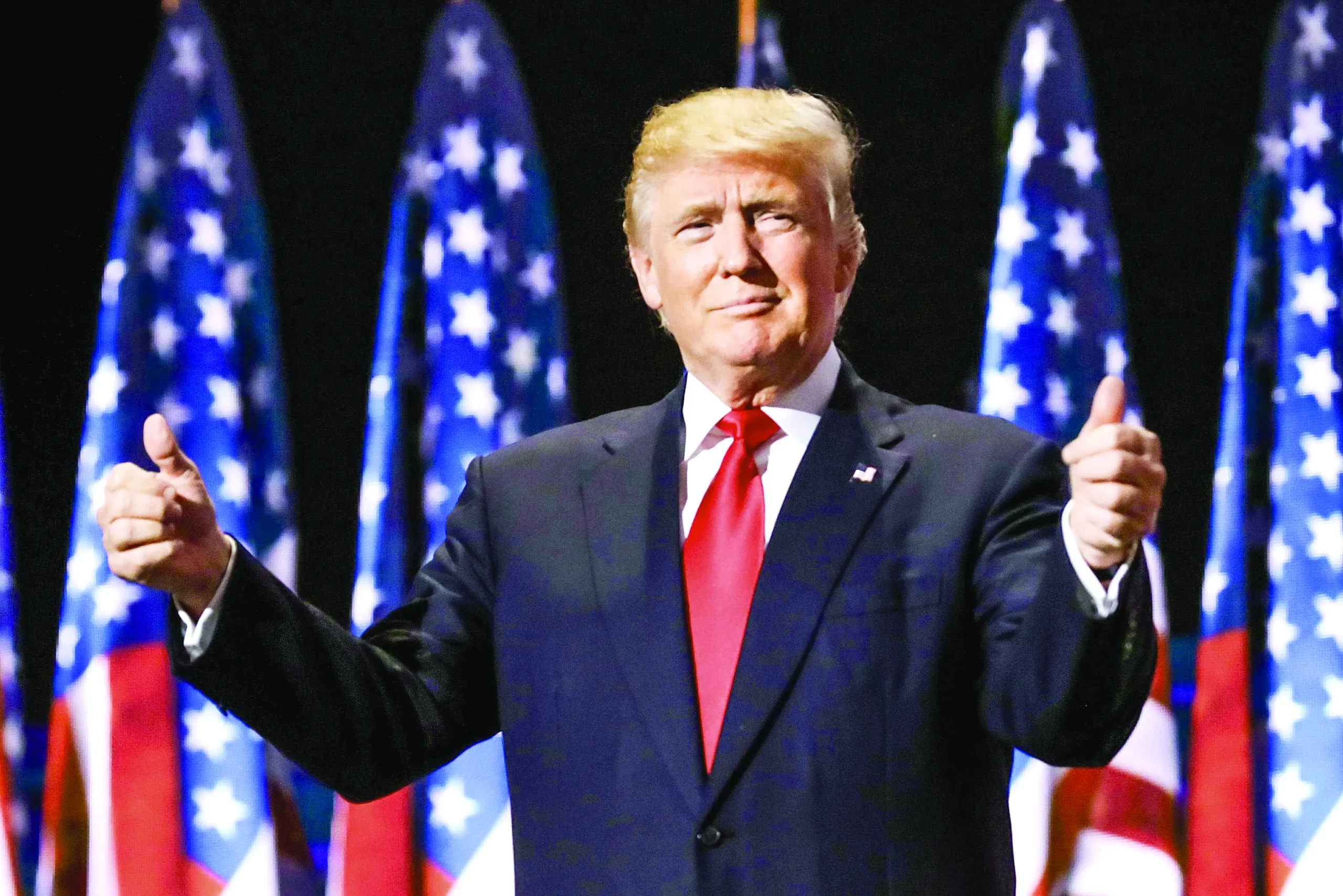“Sam Bankman-Fried, the founder of the failed cryptocurrency exchange FTX, was denied bail, and US authorities charged Mr. Bankman-Fried with one of the biggest financial frauds in US history” is the trending financial news. ‘Cryptocurrency’ has been a dominant and controversial word for the last decade. However, its dynamic attributes have garnered attention and created interest among technocrats, regulators, economists, policymakers, investment professionals, and even financially illiterate investors. However, over time, dramatic changes in the crypto environment and fluctuating crypto fortune have fueled the curiosity of “what lies ahead?”. Notably, the recent crypto market crash and collapse of the FTX (biggest cryptocurrency exchange) have led to murmurings of “will it wipe out?”.
Undoubtedly, the current general assessment of market movements proffers cryptocurrency as the world›s most disturbed and undisciplined asset. There has been a substantial decline in the market and value of the currency in the aftermath of the covid pandemic. The top-ranked digital asset, Bitcoin, recorded a drop in value by nearly 75%. A piece of Bitcoin which costs almost $67,000 in November 2021, becomes $16,000 in November 2022. However, the reverse was also true at the beginning phase of the pandemic. Similar patterns are also evident in other major cryptocurrencies (altcoins). If the current pattern follows, it may reach the destination – where no road follows. However, let us comprehensively analyse cryptocurrency and its market to understand better and try to foresee the path ahead for cryptocurrency.
From the technological perspective, the blockchain technology over which cryptocurrency stands is the innovation of the 21st century. The superiority of the blockchain mechanism over others makes it stand apart. Blockchain technology has received global appreciation for its exclusive features – where duplicity of a transaction is impossible. It gained greater trust and security because of the distributed ledger and immutable records. However, recent and past hacks (for instance, FTX lost $600 million; Binance lost $ 570 million), which caused million-dollar losses to investors and crypto exchanges, raise questions regarding the credibility of blockchain technology and the survival of cryptos. However, like any new technology, blockchain technology too is evolving, and if we believe in experts’ views, all bugs can be fixed over the period. Given this background, it seems that cryptocurrency will not be driven out because of its underlying technology.
The current regulatory aspect of the cryptocurrency environment does transmit a signal of uncertainty and fear. Because of the frequent association of cryptocurrency with various financial scams, terror funding, and money laundering, the demand for a strong, omnipresent, fully functional watchdog makes sense. However, the inclusion of one central authority will dilute the core idea of cryptocurrency.
Comparing the legal aspect of cryptocurrency with conventional financial assets like equity, fiat currency, commodity, etc., creates the impression that cryptocurrency is bugged with many problems, and all need to be fixed. However, legal developments across the globe in the last few years have instilled considerable hope for the currency. For instance, as a global agency, FATF (Financial Action Task Force) has initiated some concrete steps to combat terror funding and money laundering. A review report published by FATF in 2020 on virtual assets and virtual assets service providers shows that both public and private sectors have complied with the prescribed standards. The same report also revealed that out of 54 reported jurisdictions, 35 have complied with the FATF standards in their national law. EI Salvador has accepted Bitcoin as a legal tender. In India, the country’s apex court has lifted the sanctions on the Indian commercial banks to trade with cryptos.
Additionally, the introduction of central bank digital currency (CBDC) by different economies transmits a positive message. India’s central bank, the Reserve Bank of India, is probably the most recent country to introduce its digital currency, and it has already created a buzz in the market. Despite all these positivities, a few countries like Algeria, China, Bangladesh, and Nepal have banned it altogether. There are also countries that neither entirely banned nor legalised it, and some countries have allowed only restricted use of it. The mixed approach across the countries conveys that a global consensus needs to be developed – which, unfortunately, presently lacks. Indeed, a complete global crackdown may not be a reality and not a good idea either. Instead, the way advanced countries treat cryptos generates much optimism.
The financial and investment aspects of the cryptocurrency entail that the expected level of maturity is yet to be achieved. Focus on numerous investment related elements is crucial to understand both optimistic and pessimistic aspects of investment in cryptos. In this line, a comprehensive analysis of price movements and outcomes of diverse academic research reflects both a convincing and gloomy view of cryptocurrencies. Scientific studies have shown that prominent cryptocurrencies like Bitcoin, Ethereum, Litecoin, and others demonstrate safe heaven properties during shocks. Moreover, various scientific examinations of the interconnectedness between cryptocurrencies and the conventional financial market have not found any significant association. In addition, many international researchers viewed the cryptocurrency market as having the resilience to absorb global macroeconomic shocks. However, extreme oscillation in the values of cryptocurrencies, particularly on the negative side, may wipe out the entire principal amount of investment.
Most cryptocurrencies are still inefficient except for Bitcoin, Litecoin, Ethereum, and some prominent others. Similar findings are also evident from other scholarly works.
In the past, the cryptocurrency market has also witnessed several bubbles and bursts. Despite all those incidents, the crypto market trend conveys that it still commands the confidence of investors and other stakeholders. For instance, a report by Statista revealed that since 2020 the investment has gone up in cryptocurrencies despite the recent crash. However, one must have more risk appetite than required for the stock market to play with crypto. Hence, crypto needs to be monitored and observed for some more years as a new investment destination. Finally, a statement by the prime minister of India, Narendra Modi, at the Sydney dialogue in 2021 that “modern technology has the power to create conflict and domination, and democratic nations should work together on cryptocurrency to ensure it does not end up in the wrong hands” does give enough hope to those who support cryptocurrency and want to see its market grow.
Sashikanta Khuntia is a faculty of Finance at the School of Rural Management, XIM University, Bhubaneswar.























